5/5
(1 Review)
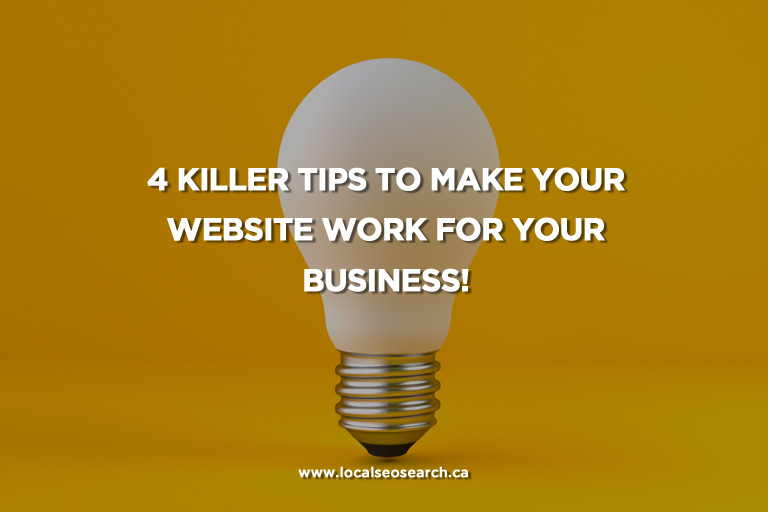

If you have a small business website, you want to make sure it’s working hard for you. You’ve put a lot of effort and money into it! You should get a strong return on investment.
However, that won’t happen by itself. You have to set your website up for success by making sure it engages visitors and follows other best practices.
What do you need to do to ensure your website is set up to maximize the engagement you get from visitors? Here are the tips and best practices you need to know.
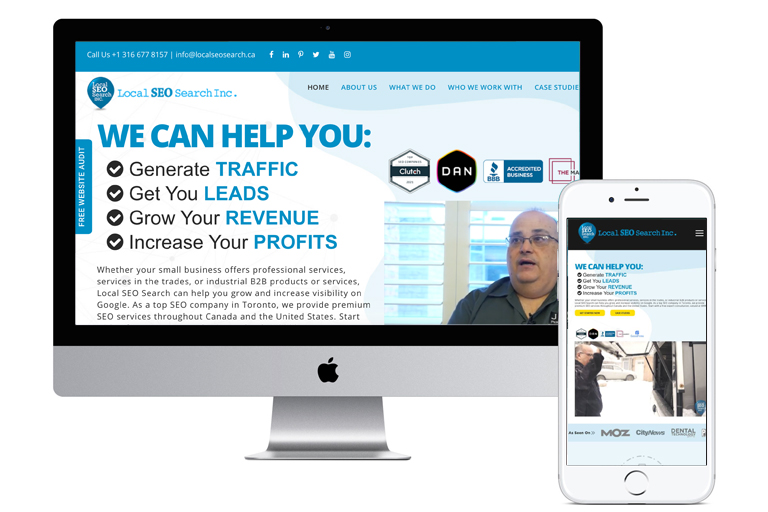
Can your visitors quickly and easily find what they are looking for on your website? If the answer is no, you have a problem. Visitors are not patient and won’t hunt through half a dozen menus to find what they want. They’ll simply move on.
Your website menus should have the expected options and categories. For instance, if you’re a plumber, you’ll need a “Services” menu that has specific pages for everything you offer. If you run a services business, you want your menu to include a portfolio and testimonials.
Your web navigation should be intuitive — if you’re not sure, try having someone who doesn’t know your company give your website a try. They can give you great feedback.
Next, you’ll need to make sure your website looks great on both larger and smaller screens. A full 50% of website visitors will be using mobile devices to view your website rather than a larger desktop.
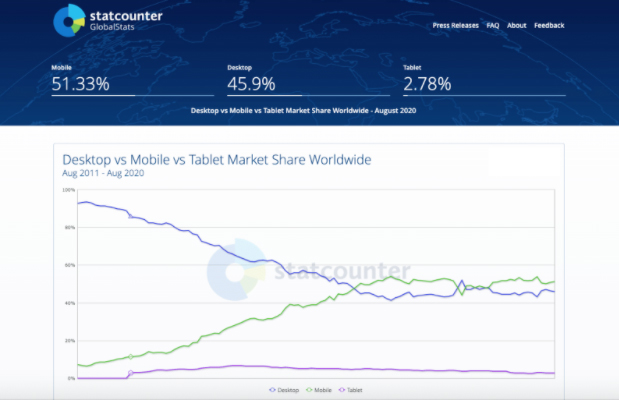
Desktop vs Mobile vs Tablet Market Share
Source: StatCounter
Responsive design automatically resizes your website to match the screen. This is better than simply designing your website’s mobile view separately because mobile devices are starting to have a variety of screen sizes. There’s no way to know what your visitors will use.
One of the keys to making your website easy to use on mobile devices is that your icons and menus don’t overlap and are easy to use with your fingertips. Your text shouldn’t be so large that sentences don’t fit on the screen, but it can’t be too small to read either.
Regularly visit your website from smaller screens and see how it looks. If there are concerns, take action to correct them.
There’s a lot of fun technology available that can make your website very flashy. However, all of those flashy elements can distract visitors from your main message.
It’s common for auto-play features and moving images to slow down your website’s load time, which can lower your ranking in search results while also frustrating your visitors.
Instead, keep things streamlined. You don’t have to have a totally minimalist website design unless that matches your brand, but keep things simple so that the main message is the main focus.
Use design elements and menu options to draw visitors to the most important parts of your website. That way, they’ll learn exactly what they need to know to choose you as a product or service provider.
Some businesses make the mistake of using their website to highlight themselves. They figure that someone who comes to the site wants to know why the company is the best in their industry, what awards have been won, and more.
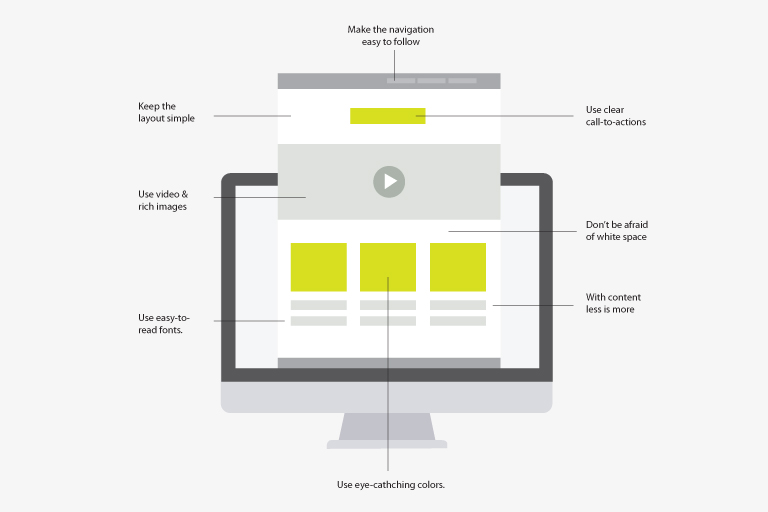
That’s far from the truth. Remember that most people think about one thing — themselves. They know their needs and want solutions quickly. Your website should showcase that you understand your customers’ needs and have the perfect solution.
The most persuasive marketing focuses on how your customer can become a better version of themselves when buying from you. Do you help them be more organized, more confident, or succeed at work? Do you help their homes be more welcoming, inviting, or comfortable?
When your messaging focuses on how visitors can transform by choosing you, people will feel inspired and more likely to buy your product or service.
Many times your website visitors will need more time to understand the benefits of your products or services. This is where a blog comes in. You can share tips, tricks, and strategies that your visitors will find valuable.
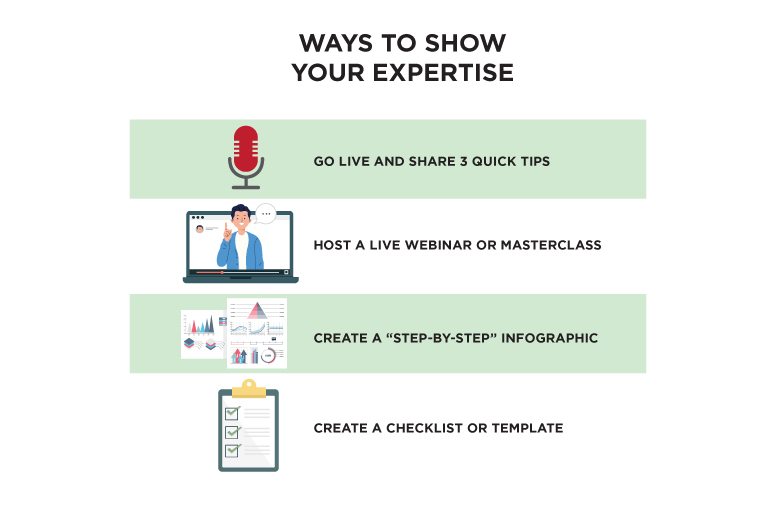
Do you sell swimming pool services? Help people understand the benefits of a pool, specific details of pool caretaking, and even tips for pool parties and safety. Each can be a blog post that you can share on social media and email marketing.
Every industry has consumer education that’s valuable. Find what your potential customers need to know and share it with them. When you become a trusted expert, those customers will turn to you when it’s time to buy.
Your website is a showcase for your business. It’s a virtual storefront, a marketing tool, and an educational hub. When you fully optimize your website — not just for SEO, but for visitor engagement — it will work hard for you and help you win customers.
Are you interested in learning more about a great website? We can help. Contact us today!
